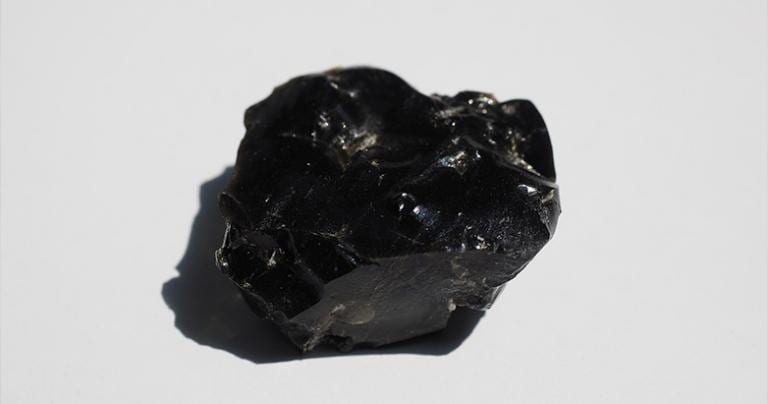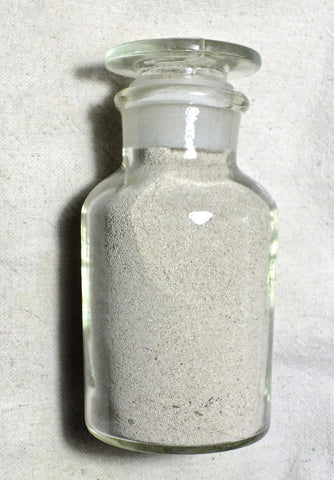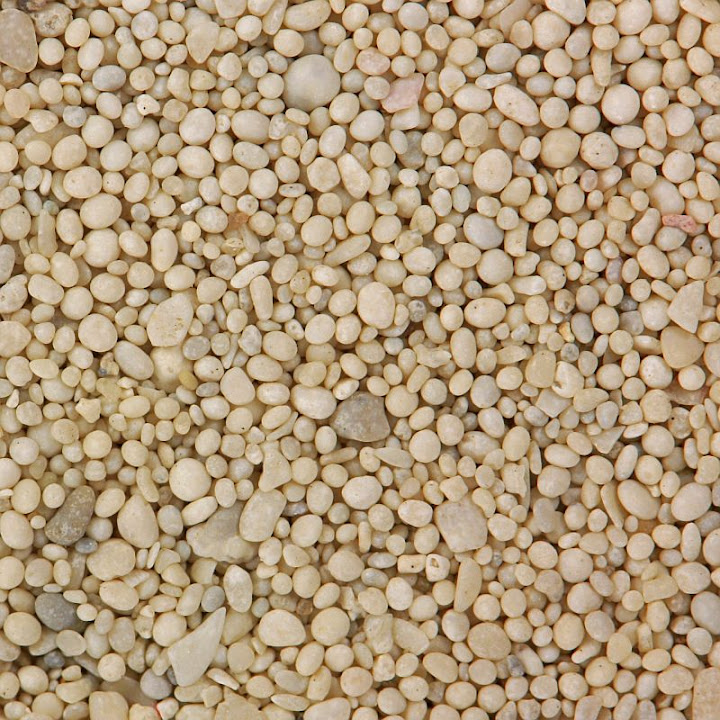
Some ooids form in fresh-water lakes, caves, caliche soils, hot springs, and rivers. Some ooids form in non-marine environments, the Great Salt Lake is probably the best known example of ooid formation in saline lake. Most modern ooids are composed of mineral aragonite. However, the exact formation mechanisms are still unresolved 4. It is believed that ooid formation is generally abiogenic process. Warm water is needed to lower the carbon dioxide content in water (higher temperature reduces the ability of water to keep gases dissolved) and thereby enhance the precipitation of calcium carbonate. This is also the reason why ooids are so well-polished. Ooids are kept moving by waves which enables accretion to occur on all sides. Ooids in these places form a distinct type of sand - ooid sand. Most ooids are marine, forming in shallow (less than 10 m, preferably even less than 2 meters), warm, and wave-agitated water such as the Persian Gulf and the Bahama Platform. Ooids may be spherical but some are elongated, depending on the shape of nucleus.

Ooids usually possess a clearly developed growth banding. The terms “oolite” and “ooid” are derived from the Greek word for fish roe ( oon) which ooids resemble 4. Oolite forms when ooids like this get cemented together. Ooid sand from Antelope Island, The Great Salt Lake. Larger grains with similar genesis are pisoids (pisoliths). The term “ooid” is applied to grains less than 2 mm in diameter. Nucleus is usually either mineral grain or biogenic fragment.

Ooids are spheroidal grains with a nucleus and mineral cortex accreted around it which increases in sphericity with distance from the nucleus. Most oolites are limestones - ooids are made of calcium carbonate (minerals aragonite or calcite). When using aragonite for African cichlids or other freshwater applications note that a slight cloudiness may persist until the aquarium cycles due to high rates of calcium carbonate dissolution.Oolite is a sedimentary rock made up of ooids (ooliths) that are cemented together. With existing aquariums, rinse substrate as above and mix in small amounts into the established sand-bed over a period of several days. Wait until the water is clear enough to see the back of the aquarium and the chemical / pH /temperate are stable before adding fish and invertebrates. Any remaining cloudiness will disappear after a few hours of pump operation.įor best results when setting up a new aquarium, place rinsed sand into empty aquarium then carefully fill with water. Continue to rinse material until overflow water turns from a milky to light cloudy appearance. Do not use soap or other cleaning agents. Rinse material well in a bucket using clean water. One kg of Oolitic Aragonite Aquarium Sand offers over 1 million sq. cm of surface area providing a huge space for housing ammonia, nitrate and nitrite reducing bacteria. Oolitic Aragonite Sand is the ideal grain size for reef tanks, fish tanks, plenum systems and refugiums. This aquarium sand has unsurpassed buffering capability and helps maintain a natural pH balance of 8.2 without the constant addition of chemicals. It is a pure Oolitic Aragonite sand collected from the crystal clear oceans of the Bahamas, with no harmful tar, organics or impurities. Combined with its near chemical purity, consistency in size and small grain structure, Bahamian aragonite has numerous benefits making it a superior source of calcium carbonate.īahamian Aragonite Aquarium Sand is the ideal substrate for marine, reef, or African Cichlid aquariums. It is tasteless, odorless, dust-free and durable. The grains are OOLITE (ovoid) and smooth.

Save the world's coral reefs by not using coral sand.īahamian sand is rough, naturally renewable Oolitic aragonite sand containing up to 98% pure calcium carbonate. Protect the reef by using this superior and durable substrate.

Calcium carbonate derived from Oolitic aragonite is biogenic and naturally recurs.


 0 kommentar(er)
0 kommentar(er)
